The Hidden Hormonal Shifts That Sabotage Your Energy After 35
You’re not imagining it — things are changing.
You’re not lazy. You’re not “just getting old.” You’re in a new phase of hormonal life and your body is asking for a new kind of support.
Let’s break down four hormonal shifts that fly under the radar after 35 but have a major impact on your daily energy, focus, and well-being.
#1 Cortisol: The Exhaustion-Stress Loop
Cortisol is often labeled the "stress hormone," but that’s only part of the story. Cortisol is what wakes you up in the morning, helps you focus through meetings, and gives you energy to work out or care for your family.
But after 35, the system that regulates cortisol can start to fray. Why?
- Chronic low-grade stress (think: never-ending to-do lists and overbooked calendars)
- Irregular sleep and wake cycles
- Overtraining or intense workouts without enough recovery
- Blood sugar swings that spike and crash your energy
Your body starts to lose the natural rhythm of cortisol - high in the morning, low at night -and instead runs on a flat curve. You feel groggy when you need to be sharp, jittery at random times, and exhausted at the end of the day but still can’t sleep.
Deeper support strategies:
Morning sunlight within 30 minutes of waking helps anchor your circadian rhythm
Adaptogens like Ashwagandha or rhodiola can buffer stress responses
Midday meals with protein, fiber, and fat help avoid crashes that strain cortisol
Evening wind-down rituals (no screens, dim lights, gentle stretching) promote a natural drop in cortisol
#2 Estrogen: The Wild Rollercoaster Ride
Unlike what many of us were taught, estrogen doesn’t just gradually decline. In your mid-30s and 40s, it often spikes and crashes unpredictably especially as ovulation becomes less consistent.
Estrogen plays a major role in:
- Glucose metabolism
- Mitochondrial function (your cellular energy factories)
- Brain function and memory
- Serotonin and dopamine regulation (hello, motivation and mood)
When estrogen is too high, you may feel:
- Wired, anxious, and overstimulated
- Bloated and heavy
- Strangely amped up, even if you didn’t sleep well
When it drops quickly, you may feel:
- Crushed with fatigue
- Depressed or hopeless
- More sensitive to pain, inflammation, or brain fog
Deeper support strategies:
Try seed cycling — a natural approach where you eat specific seeds (like flax and pumpkin in the first half of your cycle, then sunflower and sesame in the second) to gently support estrogen and progesterone balance
Fiber and liver-supporting foods (like beets, flaxseeds, and leafy greens) help metabolize excess estrogen
Cycle tracking apps (like Clue or MyFLO) help you predict highs and lows, so you can plan accordingly
Move with your cycle: Try strength training in the first half and gentler movement later
#3 Progesterone: The Calm That Starts to Fade
Progesterone is the quiet hero of your hormonal orchestra. It’s made after ovulation and helps:
- Calm the nervous system
- Reduce anxiety and irritability
- Deepen your sleep
- Balance the effects of estrogen
The challenge? You may not be ovulating as consistently as you used to. That means less progesterone production, even if your estrogen is still relatively high. This creates a scenario called estrogen dominance, which can lead to:
- Poor sleep or waking at 2–3 a.m.
- Heightened emotional sensitivity
- Shorter cycles or spotting before your period
- Fatigue that doesn’t lift with rest
Deeper support strategies:
Magnesium glycinate or magnesium-rich foods (like dark leafy greens, pumpkin seeds, avocado)
Stress recovery techniques (not just managing stress, but repairing from it)
Avoiding excess alcohol and caffeine, which both deplete progesterone precursors
Consistent meals and moderate exercise, to support ovulation and hormone production
#4 Thyroid and Adrenals: Slowing the Engine
After 35, your thyroid and adrenal systems can start to show signs of wear — especially if you’ve been pushing hard for years. You may notice:
- Fatigue that feels heavy, not just sleepy
- Dry skin, thinning hair, or brittle nails
- Cold intolerance
- Feeling wired but tired or just tired, all the time
Even with “normal” labs, you may be experiencing subclinical thyroid or adrenal dysfunction that keeps your energy from bouncing back. The thyroid is highly sensitive to stress, nutrient depletion, and inflammation which all common after 35.
Deeper support strategies:
Test don’t guess: ask for a full thyroid panel (including TSH, Free T3, Free T4, and antibodies)
Support nutrient cofactors like selenium, zinc, iron (especially ferritin), B12, and vitamin D
Avoid under-eating: not eating enough can tank thyroid function quickly
Cycle rest with effort: prioritize gentle days after stressful ones, not just pushing through
It’s Time to Rethink Energy
Your energy after 35 isn’t just about sleep and smoothies. It’s about hormonal rhythm, recovery, and nourishment.
If your body feels different, it’s because it is. And when you understand what’s shifting under the surface, you can respond with tools that work with your body, not against it.
Looking for a simple daily ritual to start with?
Our herbal teas are crafted to support the systems most impacted by these hormonal shifts — including digestion, detox, immunity, and your body’s stress response. Small changes can have a big impact over time!
Explore our teas and begin your daily reset.



